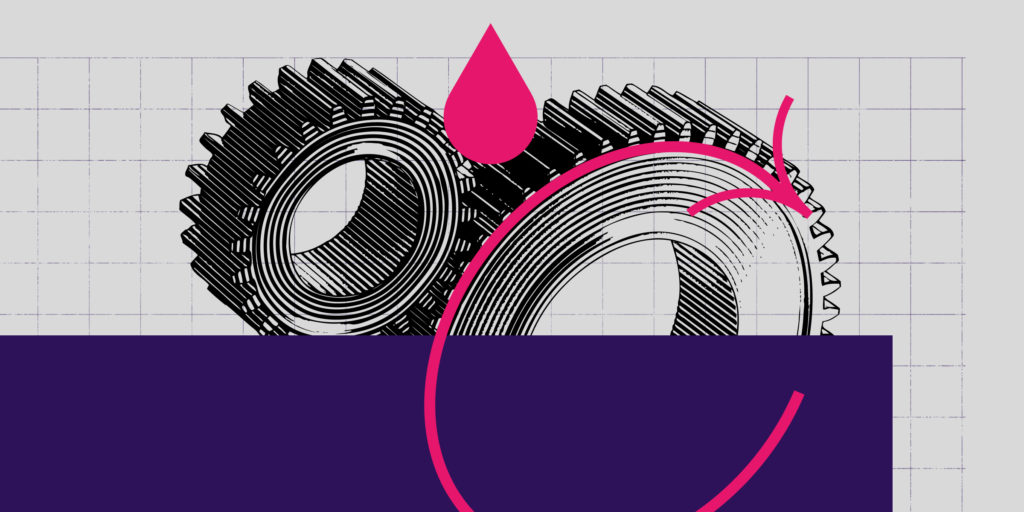In this brave, new post-clicker world, the idea of paying upwards of $400 for a textbook is increasingly out-of-touch. In fact, many post-secondary institutions and companies across North America have moved to phase analog reading materials out altogether.
In this vein, in December 2017, a partnership between Top Hat and Ohio University was cemented with the goal of expanding student access to open educational resources (20,000-plus textbooks, course notes and the like).
Flash forward a year-and-a-half, and the ramifications of OU’s partnership with Top Hat have proved positive in areas far beyond student affordability: Faculty from a range of disciplines have seen increased engagement with new and innovative methods of pedagogy—for students and for themselves.
Assignments, completed
Professor Anne Perez, a lecturer in OU’s biology department, uses an open-source textbook in BIOS 1030, one of the three courses she currently teaches (though she employs Top Hat’s software in all three). Perez says that being able to embed homework questions directly in course materials has boosted students’ ability to engage with the material. “It forces them to at least look at it,” says Perez. “And even if they don’t get the right answers, students can reference the source content directly before the question. I get more feedback targeted at the book because I’m able to modify the chapters myself. Students are very aware of when I reference material from the book—and now, they’ll come speak to me about it after class. I’m also more likely to reference it myself.”
As far as performance goes, Perez says that while, anecdotally, she’s hearing from pupils about boosted grades, she’s noticed herself that more students are actually completing assignments. It’s an improvement over when students had to complete homework in a separate learning management system even if it’s only been two semesters. “In general, students are very appreciative,” she says. “A lot of incoming freshmen are very worried about the overall cost of education, so they are in favor of anything that brings that down.”
Adopt, adapt and learn
Professor Blake Regan, who teaches math courses in OU’s engineering department, recalls a rather chaotic teaching experience prior to OU’s move to a hardcover textbook–free campus. “The problem we were running into was that students weren’t buying the textbooks,” he says. “Or they bought [more affordable] older versions where the problems were different. There was such a lack of consistency.” It was around that time that he and a colleague received a grant to write their own calculus textbook to alleviate the problem. Coincidentally, that’s when Top Hat’s partnership with OU was initiated, so he says they simply meshed their materials with Top Hat’s.
Regan says that while affordability was the original impetus behind phasing in new learning materials, it’s the experience of a non-traditional textbook that has given the initiative staying power. “The instructors and students and administrators are realizing, especially within Top Hat’s platform, how easy it is to adapt what’s out there and adopt in what you want,” Regan says. “It’s about the convenience of always having it available—not leaving [the textbook] in your desk or car; the ability to get feedback; and the ability to make it your own, and not having to say, ‘Oh, we have to skip over this section.’”
Additionally, says Regan, open-source textbooks have given students the freedom to adapt content in a way that suits them, which harkens back to an original goal of higher education in the first place. This has been especially compelling for students who require remedial learning, says Regan, who has been able to create auxiliary open-source materials for students in need of extra resources.
The future has already arrived
For Perez, access is the key boon to Top Hat’s platform. “I firmly believe in increasing access to information—it’s still on the student to motivate themselves, but with the new software, we’ve lowered the barrier for them to get to it, and I feel good about that.”
“The revolution is already happening,” echoes Regan, who believes a textbook-free campus is the way forward. “It’s not just that you have high schools pointing students towards Khan Academy. You have mechanics going to YouTube to figure out how to install a part. The idea of content delivery has come to: ‘Go find it on the internet; go find it open-source.’ Whether or not higher education wants to change, it is changing.”


